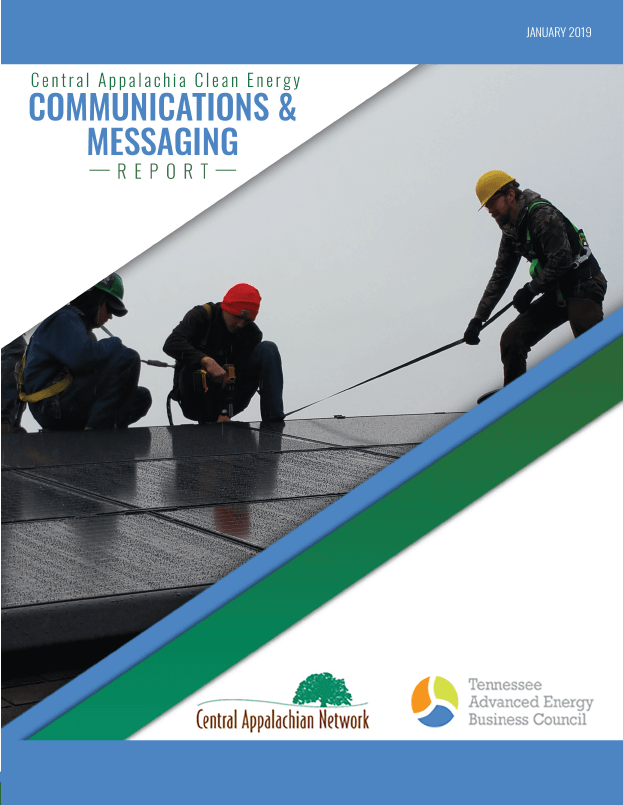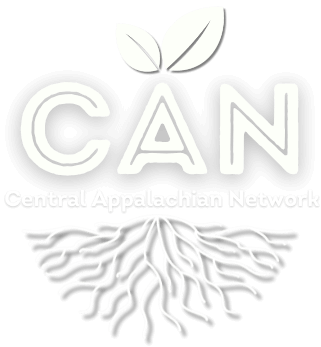
A Messaging Toolkit for Talking About Clean Energy in Appalachia
By: Emily Arrowwood, Piper Communications & Tennessee Advanced Energy Business Council
The future of clean energy in Appalachia depends in large part on collective buy-in from diverse parties – from state regulators and local community members, to utilities and workforce development networks. Advocates are in need of a common language and message that resonates across the board and unifies these vested interests behind clean energy. To that end, CAN’s Clean Energy Practitioner Network commissioned the Tennessee Advanced Energy Business Council (TNAEBC) to develop a best-practices guide to clean energy advocacy.
The Clean Energy Communications and Messaging Toolkit, prepared by Piper Communications on behalf of TNAEBC, is the result of first-person interviews, primary and secondary research, and messaging dissection, as well as knowledge compiled from decades of experience in journalism, media development and strategy, and nonprofit and regulatory communications.
Click here to download a PDF of the toolkit!
HOW TO USE
The Messaging Toolkit is written for clean energy advocates to maximize persuasiveness and impact in all aspects of outreach, from formal proposals to casual conversations in local communities. It is intended to be a daily resource, kept on advocates’ desks for easy reference and guidance.
The Toolkit walks readers step-by-step through best practices to adopt as well as hamstringing styles to avoid, using real-life data, polls, and case studies to equip advocates with strategies for influencing specific audiences and making the most compelling case for clean energy.
It’s organized into four broad sections:
- Key Insights: A behind-the-scenes look at attitudes and behaviors around clean energy nationally and in Appalachia, with applied analysis of regional idiosyncrasies, common messaging mistakes, and “say this/not that” best-practices guides for tactical persuasion.
- Main Messages and Talking Points: Key phrases and themes to emphasize, broken down by intended audience (e.g. regulators, Appalachian communities, utilities, businesses) and topic (e.g. economic development, wages, taxes, energy efficiency and savings). Each recommendation is supported by current data and example talking points for context and demonstration.
- Navigating Coal: Insights into Appalachia’s complicated relationship with coal, and a guide to best practices and strategies for addressing clean energy and coal without losing local support.
- Dos & Don’ts Cheat Sheet: Toolkit cliff-notes for quick scanning.
TAKEAWAY
Clean energy is the rare industry that appeals to everyone, if framed correctly. Broadly speaking, spotlighting economic benefit whenever possible makes the most persuasive case for clean energy in Appalachia. The data, examples, and case studies contained in this Toolkit are intended to model this fact, and should be updated in accordance with this prioritization on economics as new data becomes available.
